Ninh Binh is taking gradual steps towards a low-carbon economy , which is a "necessary" condition to gradually implement the circular economic development orientation.
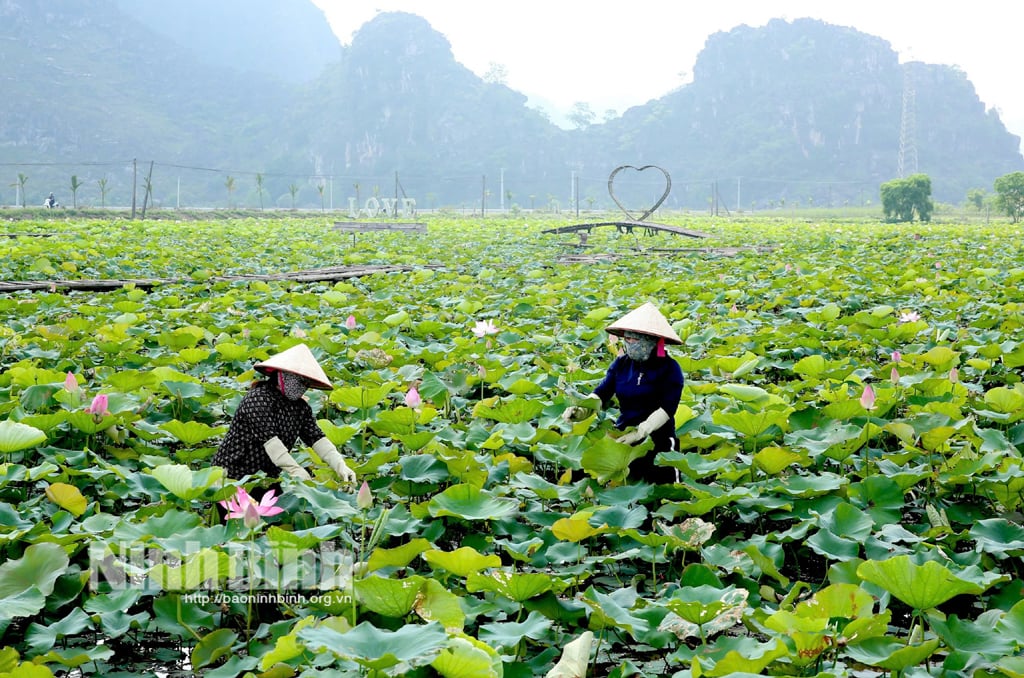
Hang Mua lotus pond has affirmed its role as a safe, multi-value agricultural product.
In particular, the agricultural sector is recognized as quite active, both striving to maintain its role as a pillar of the economy and gradually striving to form a multi-value ecological agriculture.
Comrade Dinh Van Khiem, Deputy Director of the Department of Agriculture and Rural Development, said: The development orientation of Ninh Binh province's agricultural sector has clearly defined building an ecological, organic, safe, multi-value agriculture, applying high technology, developing digital agriculture, eco-tourism agriculture, and landscape.
In recent times, under the direction of the province, our province's agriculture has developed in the direction of linking agricultural development with tourism development; protecting the ecological environment, protecting the health of producers, and being responsible to consumers and tourists coming to Ninh Binh. Up to now, agriculture accounts for nearly 10% of the province's economic structure; the average growth rate in the period 2021-2023 is nearly 3%; the value of 1 hectare of cultivation reaches over 150 million VND.
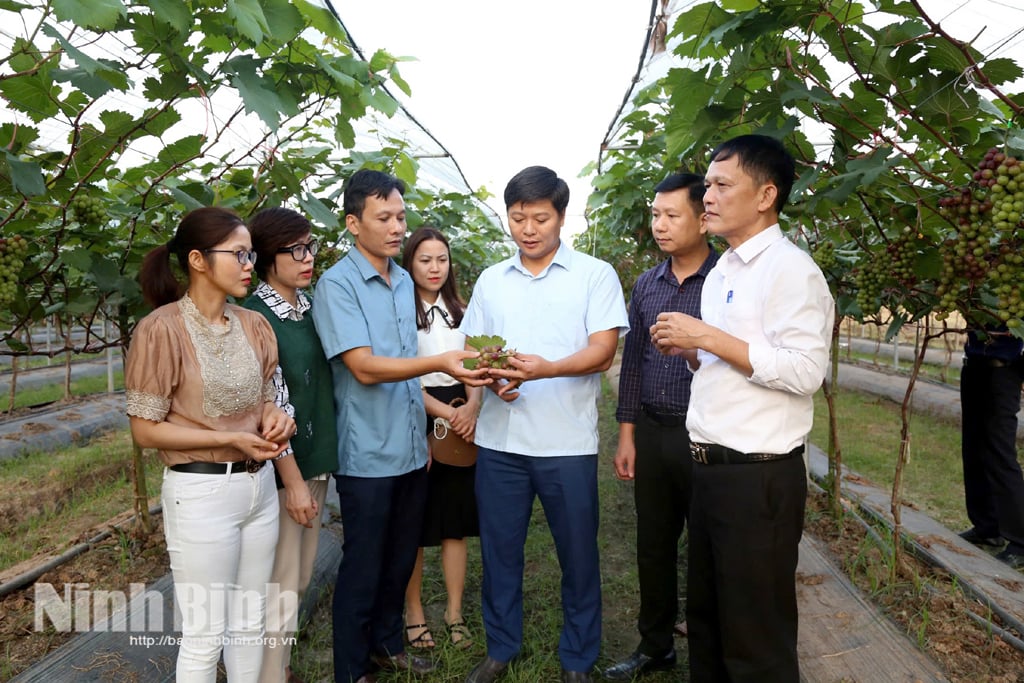
The province also directs the focus on building new rural areas, developing special, endemic, and typical agricultural products for tourism, and advantageous crops and livestock of the province; forming concentrated commodity production areas with appropriate scales for key agricultural products, specialty products, and OCOP products with high economic value and competitiveness; promoting the development of processing and preservation industries to meet the requirements of domestic and export markets, sustainably connecting the global agricultural value chain; developing the agricultural economy associated with the Red River Delta and the Hanoi Capital region.
Focus on developing aquaculture in association with regional planning and building and developing brands. Enhance the effectiveness of management, protection and improvement of the quality of natural forests, special-use forests and coastal protection forests. Promote innovative start-ups following the model of ecological agricultural development associated with multiple values.
Up to now, 8/8 districts and cities have met/completed the new rural standards (100%); 119/119 communes have met the new rural standards (100%); 50/119 communes have met the advanced new rural standards (42%); 18/119 communes have met the model new rural standards (15.12%); over 542 villages (hamlets, villages) have been recognized as meeting the model new rural standards (accounting for 40% of the total number of villages, hamlets, villages in the province)...
Currently, the province has a number of models that are assessed to basically meet the criteria of circular economy and low-carbon economy, typically the organic rice production model. The whole province has more than 4 thousand hectares of rice produced in an organic direction; about 5 thousand hectares of improved rice cultivation (SRI) with a production process that reduces chemicals, reduces chemical fertilizers, reduces seeds, increases productivity, which is a premise for implementing emission-reducing rice cultivation.
Along with that, some multi-value ecological agricultural models bring efficiency to farmers and the community such as: Hang Mua lotus pond; Tam Coc rice fields; OCOP products from lotus, chrysanthemum, Cuc Phuong ginseng...
Comrade Dinh Van Khiem, Deputy Director of the Department of Agriculture and Rural Development, affirmed: The achievements of Ninh Binh agriculture towards low-carbon economy and circular economy are very remarkable, but not commensurate with the potential. Therefore, in order to promote the development of low-carbon economy and circular economy, towards the successful construction of multi-value ecological agriculture, it is necessary to correctly and fully identify the difficulties and limitations.
These are limitations in thinking and awareness; traditions and practices of intensive farming to increase productivity; overuse of chemicals in cultivation; use of industrial feed in livestock and aquaculture; the application of science and technology is only partial, and a chain from production, preliminary processing, deep processing and consumption has not been formed. In addition, Ninh Binh is limited in land funds for large-scale agricultural production investment; specific mechanisms and policies for circular economic development are not strong enough.
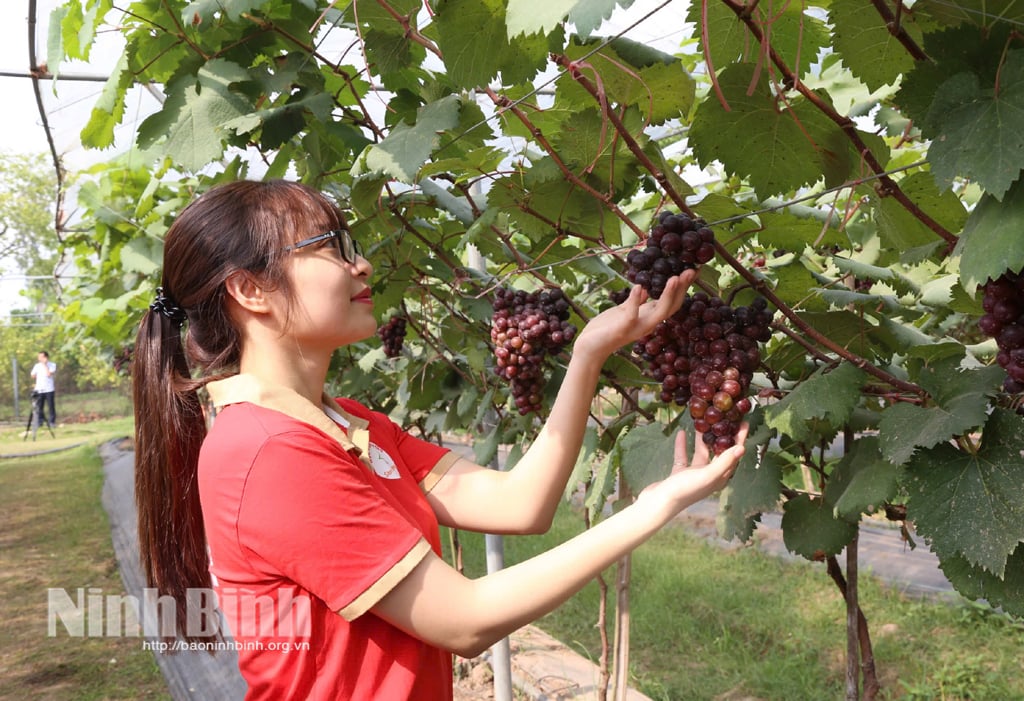
Regarding solutions, the Deputy Director of the Department of Agriculture and Rural Development analyzed: With the province's forestry land area of over 29.6 thousand hectares, of which the forest area is over 26.7 thousand hectares; the forest coverage rate reaches 19.62%. Notable are the Hoa Lu cultural - historical - environmental forest; Cuc Phuong National Park, Van Long Wetland Nature Reserve. These areas need to be strictly protected.
In addition, the province also has coastal protection forests. In recent times, the province has made efforts to acquire nearly 663.9 hectares, while coastal protection forests are the largest carbon-absorbing forests. Ninh Binh's potential can still be expanded, towards carbon credit exchange. To do this, it is necessary to strengthen extensive propaganda so that people understand the purpose and significance of the circular economy and low-carbon economy; launch a movement to plant trees to improve the landscape, protect the environment, respond to climate change, especially in river dyke areas, sea dykes, residential areas, tourist areas, industrial clusters, etc.
Therefore, the government needs to prioritize resources for afforestation, especially coastal protection forests, and have a mechanism to prioritize investment attraction for ecotourism and resort projects in the forest. Similarly, in cultivation and animal husbandry, it is necessary to propagate and guide people on measures and techniques in production and animal husbandry, reducing the use of toxic chemicals, chemical fertilizers, industrial feed, hazardous waste, etc.
To ensure the correct implementation of agricultural development orientation as set out, the province also needs to pay attention to detailed agricultural land development planning to the commune level and implement according to regulations. Especially land planning, it is necessary to detail rice land, forestry land, livestock land, aquaculture land. From there, identify and orient solutions, especially appropriate agricultural development mechanisms and policies and ensure the implementation of detailed planning.
Mechanisms and policies are the key to promoting the overall implementation of solutions for agricultural and rural economic development. Therefore, the province needs to research and pilot models of circular economy, low-carbon economy, and organic agriculture, thereby drawing out a set of criteria as a basis for recognizing establishments, regions, and products that meet the criteria of circular economy, organic, and emission reduction (creating a difference from conventional products, as a basis for localities to apply). At the same time, there are investment and support mechanisms and policies. For example, rice cultivation has a policy to support organic rice (using organic fertilizers); a policy to support the improvement of internal irrigation to meet the requirements of SRI rice cultivation (an important solution for rice cultivation to reduce emissions)...
Nguyen Thom-Minh Duong
Source: https://baoninhbinh.org.vn/huong-den-kinh-te-nong-nghiep-tuan-hoan-cac-bon-thap/d2024080523346665.htm


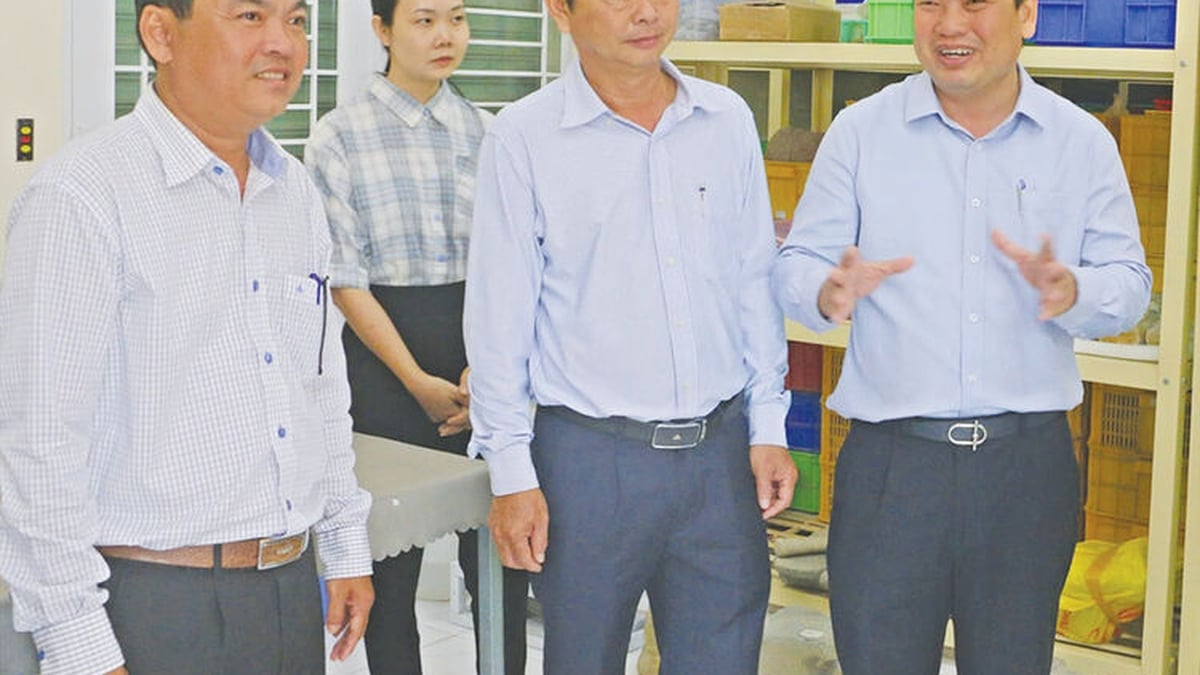
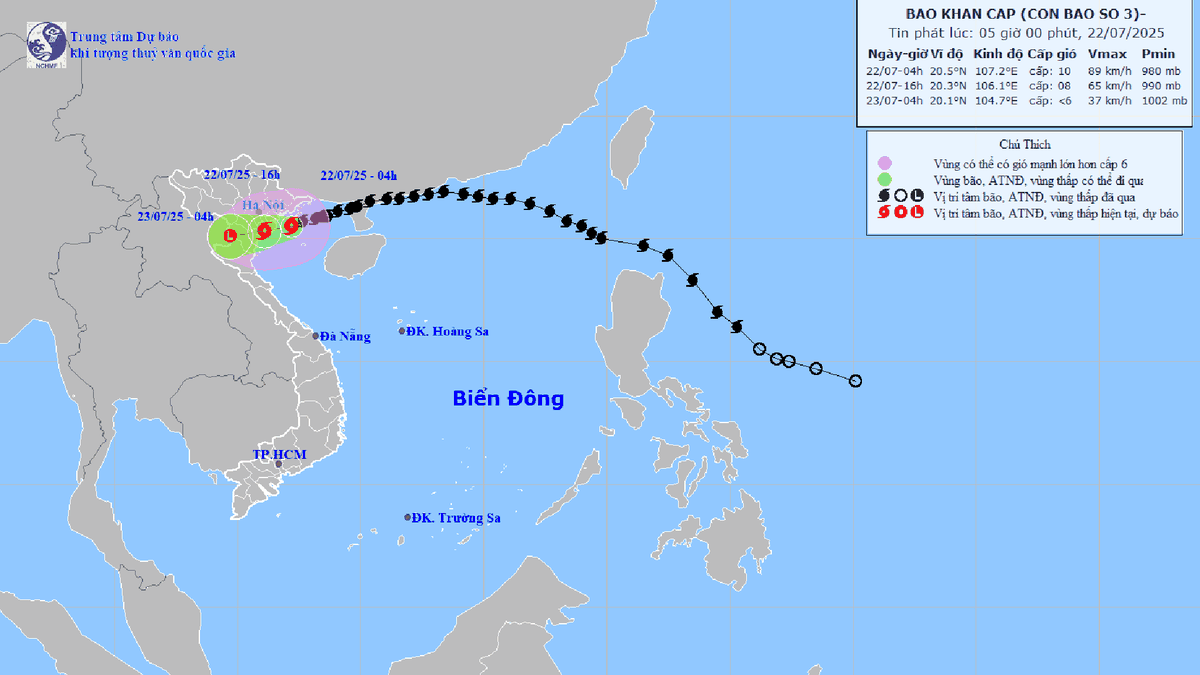


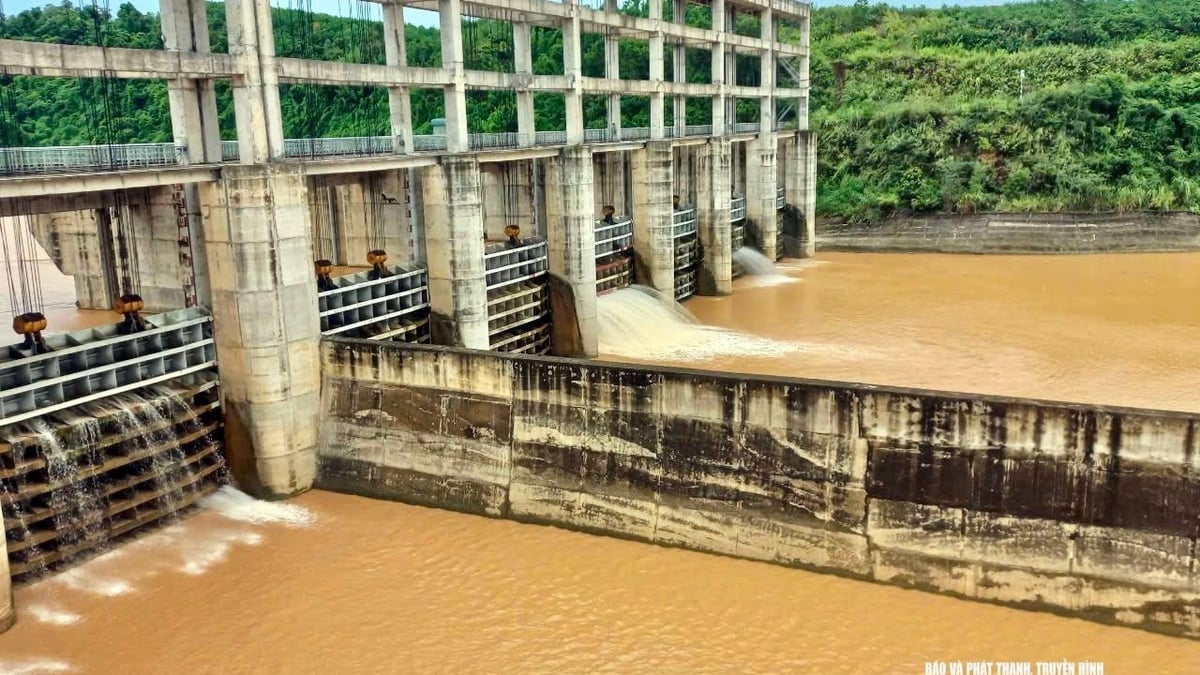


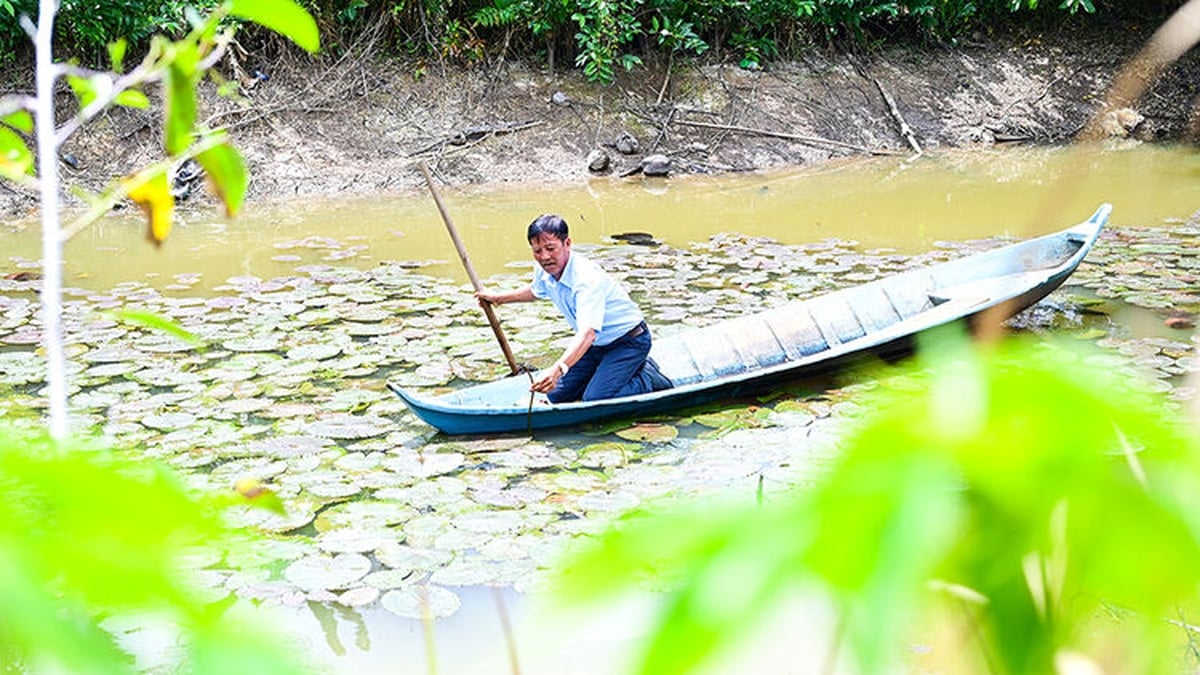
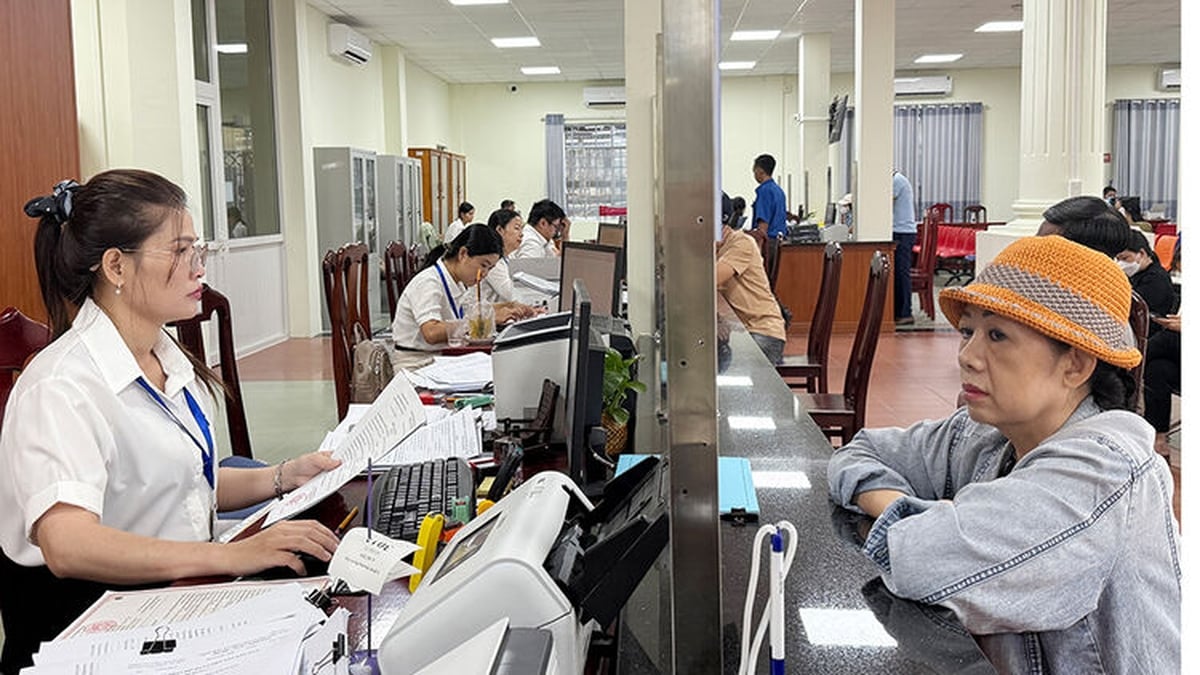

















![[Photo] National Assembly Chairman Tran Thanh Man visits Vietnamese Heroic Mother Ta Thi Tran](https://vphoto.vietnam.vn/thumb/1200x675/vietnam/resource/IMAGE/2025/7/20/765c0bd057dd44ad83ab89fe0255b783)















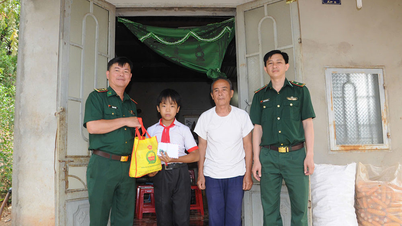









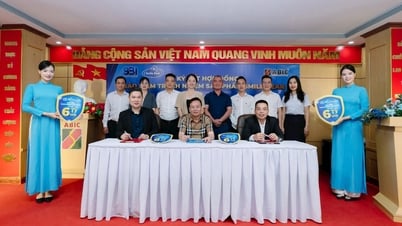








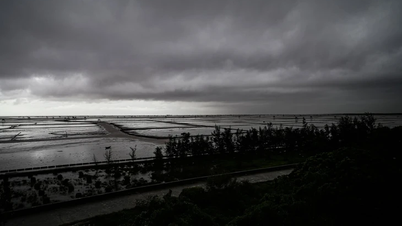

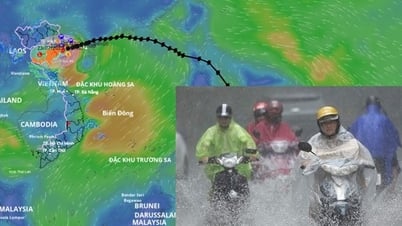

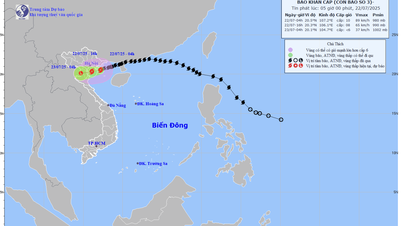

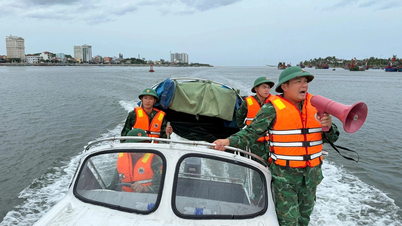


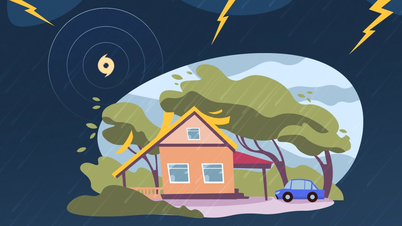
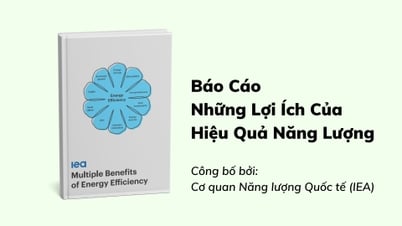

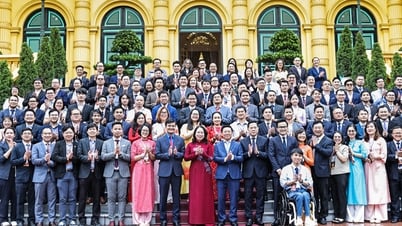



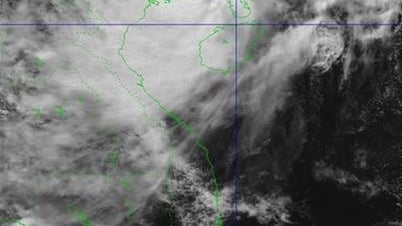
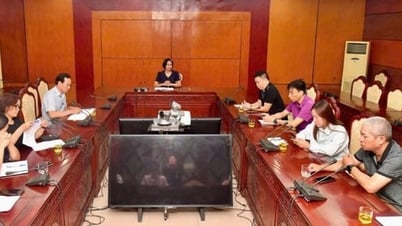



















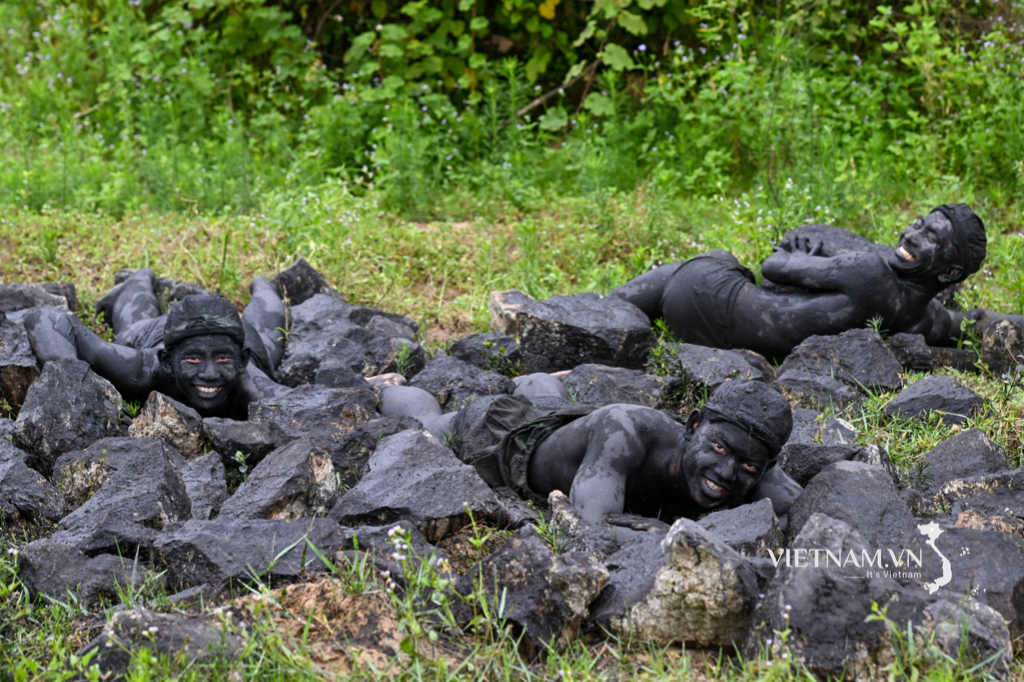


Comment (0)